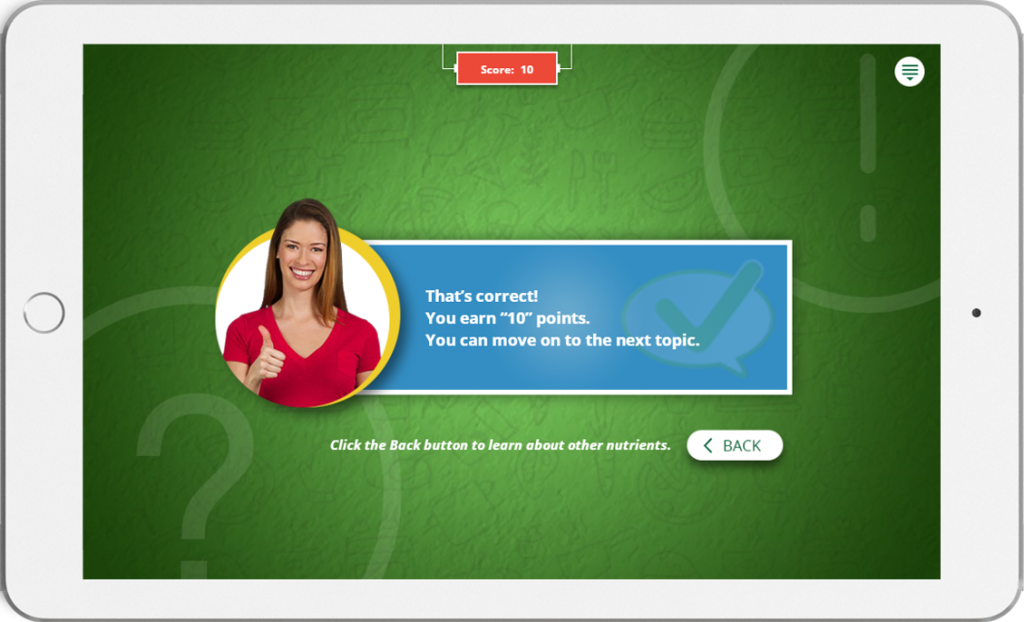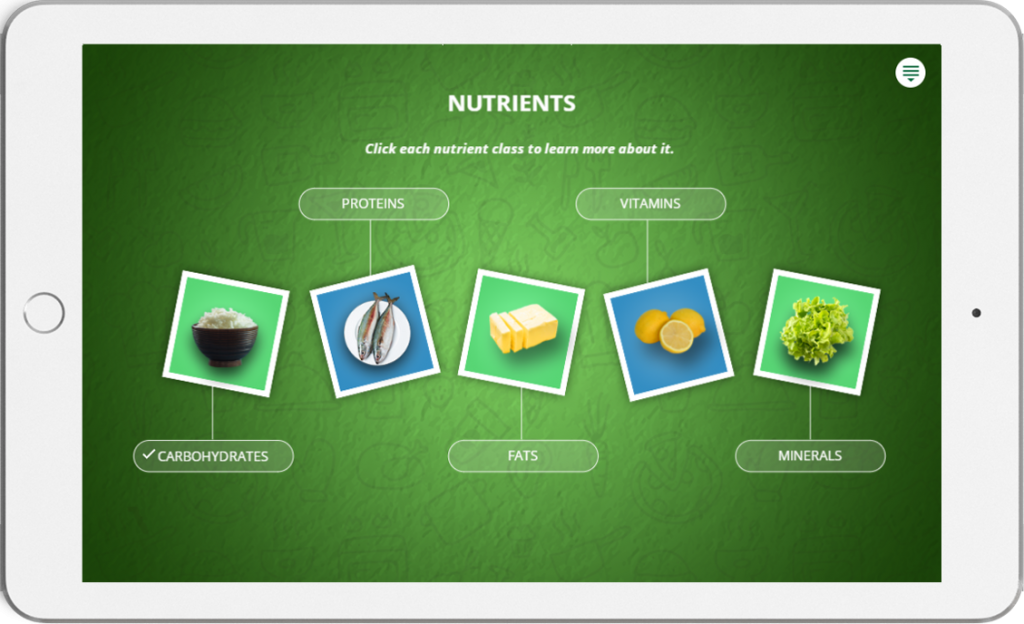Millennials are a rising force among the global workforce, so discover 4 tips for a sucessful Microlearning Strategy and beat their short attention spans!

With Millennials increasing in the corporate environs we need to keep our microlearning engaging. Here are four tips on how you can create a successful microlearning strategy.
Introduction
Microlearning is an interesting way of teaching concepts to, in short, focused nuggets or micro-bites. As a matter of fact, microlearning is a trend that is here to stay. According to studies by Alorica, by 2025, Millennials will make up 75% of the workforce and the average attention span for the generation would be 90 seconds. With short attention spans, do you think having microlearning as a learning strategy would effectively address the challenges of shriveling attention spans and distractions?
Before we continue, let’s have a look at the cause of shriveling attention spans and distractions.
The Why Behind Subsiding Attentions Spans
According to Pike’s 90/20/8 rule, a concept or content can be thought for 90 minutes without a break; however, the content needs to be chunked into 20-minute sections with interaction for every 8 minutes. How does it affect a microlearning strategy? Let’s look at it next.
Brian Dwyer explains that, according to brain research, a learner’s ability to sustain attention is affected by the periodic variations of the neurotransmitters in the brain that regulate attention. The brain works in periods of high attention levels followed by multiple periods of low attention levels. These variations occur at regular intervals of 90 minutes. Learners stop focusing or tune out if adequate breaks are not incorporated in training.

Maintaining the attention of millennial employees had become a difficult task in organizations due to the variations in their attention spans. This was when “microlearning” was introduced in organizations. An impactful microlearning nugget is not more than 3-5minutes, which means that learners can effectively comprehend and retain information. This is crucial, as it impacts the microlearning strategy that is devised for impactful learning.
Microlearning In Corporate Environs
In today’s corporate environment, what is needed is a wholesale transition from theoretical knowledge to practical action-based knowledge. This comes from accepting the fact that a person’s job is fluid and what he/she already knows matters less when compared to how quickly they can learn.
To build this rapid learning culture, organizations began experimenting with microlearning. A solid microlearning strategy involves delivering short, impactful learning experiences for employees, to help them learn effectively and efficiently while working.
But, how do we implement a microlearning strategy successfully?
How To Make Your Microlearning Strategy A Success
Microlearning is inherently agile and captivating when it comes to learning. But, the real benefit of microlearning relies on how it is drafted, designed, formulated and implemented.
Here are four guidelines you can keep in mind while devising a microlearning strategy to drive better employee performance.
1. Learning For The Moment Of Need
A moment of need acts as a catalyst when the employee/s require help, guidance, or learning to accomplish their tasks. Most standard eLearning is hard to aid at the moment’s need; so, by the time employees get to the task, they are already occupied with something else. Thus, leading to less engagement, less utilization, and less impact.
As employees approach the moment (for example, sales meeting, solving a real-time problem, a presentation, or even promotion) they use microlearning to prepare. For example, say a salesperson wants to give an elevator pitch to one of the important clients. Before going to the pitch, he will brush-up his skills on the subject using microlearning nuggets. During the pitch, he puts what he has learned into practice. After the pitch, depending on the client feedback, he takes up a microlearning module to improve his performance.
Here is how microlearning can act as a catalyst for better learning:

2. Architecture For Change In Micro-Behaviors
The main aim of microlearning should be to change what people do rather than what they know. Workplace behaviors – like constructive feedback, design thinking, or decision making – are complicated to implement in practice. Microlearning makes new behaviors less intimidating by helping employees to gradually build consummate fluency at focused periods.
3. Add More Of Micro-Interactions
The best part about microlearning is that you can help learners get straight to the point where they practice and learn the concepts.
Instead of a swipe-swipe experience, the objective of a microlearning course should be to actively engage the learners. For this, we need to have micro-interactions.
Micro-interactions could be a simple moment where learners need to perform an action that shows what they have learned in the module by simply selecting the like button. They can also answer a quiz and receive stars for the performance. The micro-interactions help learners to focus more on the content.
Micro-interactions are small, but add an engaging element to the learner.
4. Put It Into Practice
Learners need to be constantly engaged, and what best than to end a module with a call-to-action. It helps in proving the progress to learners. For example, here is one at the end of a health and nutrition course:



Call-to-action is simple, concrete and a small win. After the completion of the action, the learning is likely to feel good.
Conclusion
Together, these four strategies will get employees in the habit of learning and developing all the time. Microlearning helps employees to develop a habit of continuous learning which in turn helps organizations succeed.
Suggested Reading

With Millennials increasing in the corporate environs we need to keep our microlearning engaging. Here are four tips on how you can create a successful microlearning strategy.
Introduction
Microlearning is an interesting way of teaching concepts to, in short, focused nuggets or micro-bites. As a matter of fact, microlearning is a trend that is here to stay. According to studies by Alorica, by 2025, Millennials will make up 75% of the workforce and the average attention span for the generation would be 90 seconds. With short attention spans, do you think having microlearning as a learning strategy would effectively address the challenges of shriveling attention spans and distractions?
Before we continue, let’s have a look at the cause of shriveling attention spans and distractions.
The Why Behind Subsiding Attentions Spans
According to Pike’s 90/20/8 rule, a concept or content can be thought for 90 minutes without a break; however, the content needs to be chunked into 20-minute sections with interaction for every 8 minutes. How does it affect a microlearning strategy? Let’s look at it next.
Brian Dwyer explains that, according to brain research, a learner’s ability to sustain attention is affected by the periodic variations of the neurotransmitters in the brain that regulate attention. The brain works in periods of high attention levels followed by multiple periods of low attention levels. These variations occur at regular intervals of 90 minutes. Learners stop focusing or tune out if adequate breaks are not incorporated in training.

Maintaining the attention of millennial employees had become a difficult task in organizations due to the variations in their attention spans. This was when “microlearning” was introduced in organizations. An impactful microlearning nugget is not more than 3-5minutes, which means that learners can effectively comprehend and retain information. This is crucial, as it impacts the microlearning strategy that is devised for impactful learning.
Microlearning In Corporate Environs
In today’s corporate environment, what is needed is a wholesale transition from theoretical knowledge to practical action-based knowledge. This comes from accepting the fact that a person’s job is fluid and what he/she already knows matters less when compared to how quickly they can learn.
To build this rapid learning culture, organizations began experimenting with microlearning. A solid microlearning strategy involves delivering short, impactful learning experiences for employees, to help them learn effectively and efficiently while working.
But, how do we implement a microlearning strategy successfully?
How To Make Your Microlearning Strategy A Success
Microlearning is inherently agile and captivating when it comes to learning. But, the real benefit of microlearning relies on how it is drafted, designed, formulated and implemented.
Here are four guidelines you can keep in mind while devising a microlearning strategy to drive better employee performance.
1. Learning For The Moment Of Need
A moment of need acts as a catalyst when the employee/s require help, guidance, or learning to accomplish their tasks. Most standard eLearning is hard to aid at the moment’s need; so, by the time employees get to the task, they are already occupied with something else. Thus, leading to less engagement, less utilization, and less impact.
As employees approach the moment (for example, sales meeting, solving a real-time problem, a presentation, or even promotion) they use microlearning to prepare. For example, say a salesperson wants to give an elevator pitch to one of the important clients. Before going to the pitch, he will brush-up his skills on the subject using microlearning nuggets. During the pitch, he puts what he has learned into practice. After the pitch, depending on the client feedback, he takes up a microlearning module to improve his performance.
Here is how microlearning can act as a catalyst for better learning:

2. Architecture For Change In Micro-Behaviors
The main aim of microlearning should be to change what people do rather than what they know. Workplace behaviors – like constructive feedback, design thinking, or decision making – are complicated to implement in practice. Microlearning makes new behaviors less intimidating by helping employees to gradually build consummate fluency at focused periods.
3. Add More Of Micro-Interactions
The best part about microlearning is that you can help learners get straight to the point where they practice and learn the concepts.
Instead of a swipe-swipe experience, the objective of a microlearning course should be to actively engage the learners. For this, we need to have micro-interactions.
Micro-interactions could be a simple moment where learners need to perform an action that shows what they have learned in the module by simply selecting the like button. They can also answer a quiz and receive stars for the performance. The micro-interactions help learners to focus more on the content.
Micro-interactions are small, but add an engaging element to the learner.
4. Put It Into Practice
Learners need to be constantly engaged, and what best than to end a module with a call-to-action. It helps in proving the progress to learners. For example, here is one at the end of a health and nutrition course:



Call-to-action is simple, concrete and a small win. After the completion of the action, the learning is likely to feel good.
Conclusion
Together, these four strategies will get employees in the habit of learning and developing all the time. Microlearning helps employees to develop a habit of continuous learning which in turn helps organizations succeed.
Suggested Reading
You must be logged in to post a comment.
- Most Recent
- Most Relevant
I agree chunking info into small bites is desirable and effective, but is this really new and deserving of a new buzzword (Microlearning)? Is it really something we attribute to “Millennials”?
Chunking (Microlearning, focused nuggets, micro-bites et al.) is Instructional Design 101. Nothing new. Is rebranding old concepts what we have to do get project approved? I hope this isn’t the future.






